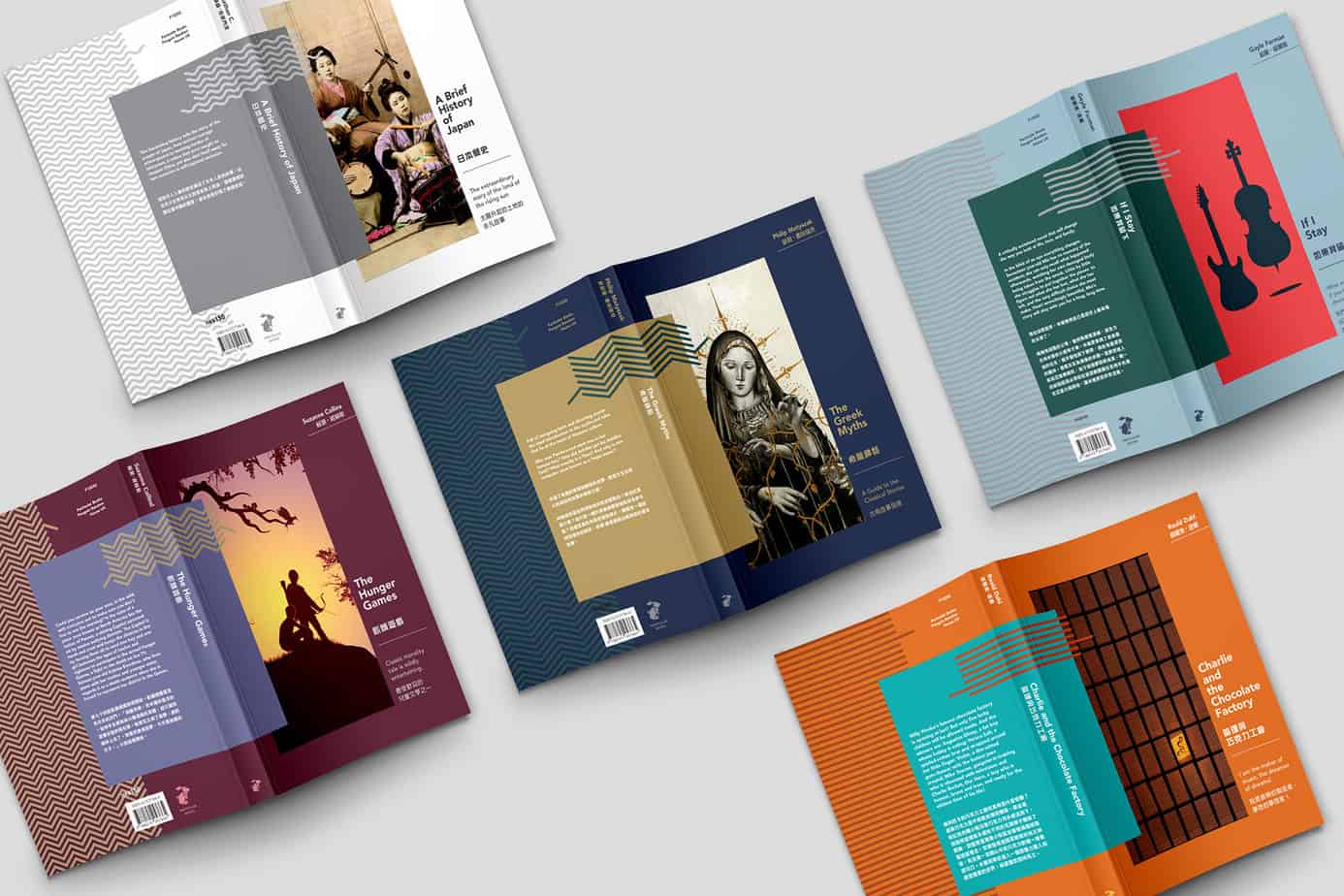So you’ve finished writing your manuscript, put it through a few rounds of editing and beta readers, had it formatted and performed a final proofread, and you’re ready to publish. If you’re using an online self-publishing company like Amazon’s Kindle Direct Publishing (KDP), whether you’re publishing in hardcover, paperback, or in e-Book format, one of the first things you’ll notice in the manuscript upload process is that it will ask you for your book jacket cover information. #StopThePresses!
What is a book jacket cover?
In the olden days (like, before 1980), books were published in print form only. Real paper, ink, glue, and/or stitching to hold the pages in place. Wrapped around the manuscript on three sides was a book cover.
In the way olden days (think Ben Franklin and his printing press), book covers were hard pieces of wood or leather, something durable to protect the precious innards of what would have taken many laborious hours to produce. The titles would have been burned or embossed into the cover with something like a branding iron. Functional, but not very aesthetically pleasing.
Later came the book jacket cover. This was a printed, usually illustrated piece of paper, glossy or matte, that was wrapped around the hardcover of the book with little flaps that extended over the insides of the front and back cover to help hold it in place. This protects the cover. (Remember covering your schoolbooks with a brown paper grocery bag to keep them clean because your parents would have to pay for them if they were turned in damaged at the end of the year?) The book jacket cover can also include information about what’s inside the book and a bit about the author so a potential reader doesn’t have to speed-read the pages in the bookstore to decide whether to buy the book or not. This later evolved into paperback book covers, which are essentially a melding of the hardcover with the illustrated paper book jacket cover.
The opening line from this blog from FirstEditing.com, Why Write a Book Jacket Cover? points out the reality of selling books. “Even the greatest story on the shelf can’t sell itself without solid packaging.”
Elements that are a must on your book jacket cover are the title and the author’s name. Additional elements that will help sell your book are cover art, the font used, a catchy subtitle, and even the author’s picture and biography.
The title is the most important element (unless your name is Stephen King or Agatha Christie, in which case, the author will be the most important element on a book jacket cover). Without a title, the book cannot be referenced, recommended, or even placed on a library bookshelf correctly. The title should be printed on the front of the book in large font, and also on the spine in a smaller font so it can be read when on a bookshelf or stacked in a pile.
The author’s name is also placed on the front cover and spine of the book jacket cover, usually underneath the title on the front cover and to the right of the title on the spine.
Regardless of the title or author, your book jacket cover art may be the reason people actually pick the book up to consider purchasing it (or nowadays, stop scrolling through the countless books available to them online).
On the back of your book you’ll want to include something from inside the book that gets the gist of the story across to someone who’s just scanning for information; maybe a quote from the main character, or a paragraph or two from the most exciting scene in the story. On Amazon’s KDP, for example, you’ll also be able to use this as a marketing blurb on your book’s sales page. “Many readers will buy a book because of the cover. Your e-book cover is one of the best marketing tools you have to attract readers. Used efficiently, your book cover can help your book have a better chance of gaining popularity,” notes JoEllen Nordstrom, founder of FirstEditing.com in this blog titled Book Cover Design and Creation.
Also on the back cover or the inside front flap if you actually have a book jacket cover that overlaps the front and back hardcovers, will be the short version of your author bio. Included will be a small photograph of you from the shoulders up (called a headshot) that can be taken professionally either in a studio (think back to family photos at Sears) or in a natural or business setting of your choice. Choose a sunny she-shed in front of a typewriter or PC if that’s where you write your uplifting self-help books, or a gloomy room with deep-red draperies and candelabra if you write horror, for example.
Catch the reader’s attention with a book jacket that grabs their attention, piques their interest, and gives them enough detail that they want to read more. Along with eye-catching cover art, three components to creating compelling book jacket copy can be found in FirstEditing.com’s blog post titled How to Write a Book Jacket Cover.

Attention
Start off your copy with a powerful hook that demands attention. Is there a central question or revelation in your plot? You might start off with the first sentence or two from your plot summary.
Interest
Create intrigue, interest, and curiosity.
Again, book jacket copy is about sales, and copywriters have knowledge of certain keywords that engage readers and get them excited about a book. These terms are specific to each genre and audience.
The same words that entice a thirteen-year-old girl to purchase a Young Adult book will be far different from the keywords in place on the back of a literary novel aimed at an adult audience.
Your best bet? Research your market.
Detail
Provide details about your story, but again, don’t turn your book copy into a spoiler!
So to wrap this all up (Get it? Book cover jacket…wrapped around your book… I’ll show myself out…), you can tackle these elements on your own, perusing bookshelves and online images of book jacket examples in your genre for ideas, or you can hire professionals at FirstEditing.com who can help you with your book jacket cover copy and even offer ideas for cover art. You can look through their many published authors for someone who’s published in your genre to get ideas and perhaps choose that editor for your manuscript edit as well. Whether you decide to design your own book jacket cover based on book jacket examples you’ve seen or hire professionals to do it for you, we wish you all the best success in publishing and selling your book!


















